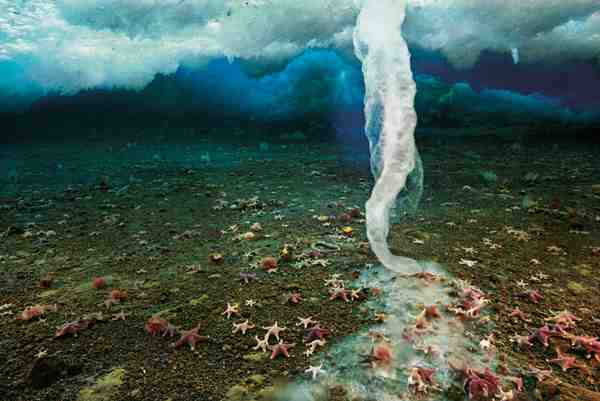Under the ice pack: the incredible phenomenon of the "icy finger of death"!

A rare phenomenon, but very spectacular, could be filmed by the BBC: a deadly ice stalactite that descends from the ice pack, under the sea, until it touches the bottom. And it kills everything that is on its way. Its learned name: brinicle. Its nickname: the "icy finger of death".
Attention, danger. The phenomenon is slow, but deadly. When the polar ice caps form underwater stalactites, they freeze everything in their path: sea water, fish, sea stars, sea urchins.
This rare phenomenon, very impressive, is called "brinicle", English word composed of "brine", brine, and "icicle", stalactite. Its nickname is even more evocative: "icy finger of death". It is in fact a kind of ice tube inside which flows very cold and very salty water produced by the growth of the ice above and which is evacuated from pockets of brine.
Race against the clock
As it descends, this tube solidifies until it touches the bottom of the sea. This is, of course, on the condition that there is virtually no current and little depth.Underwater cameras from the BBC managed to capture this fascinating and terrifying moment: "We explored an area where there had been three or four brinicles before, and there was one going on," explained Hugh Miller, cameraman for the Frozen Planet series and BBC One. It was a race against time, because we didn't know how fast they were forming."
In total, the phenomenon lasted about five hours. On the video, it is therefore shown in accelerated form. This explains why some animals, such as starfish, are not more wary and get trapped by this "icy finger of death".






